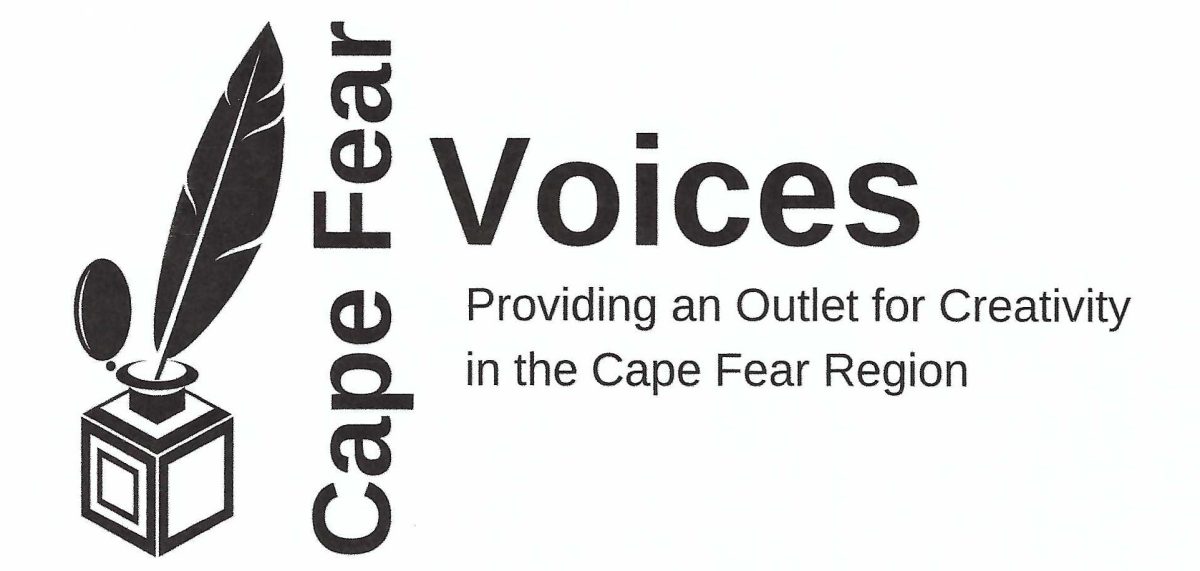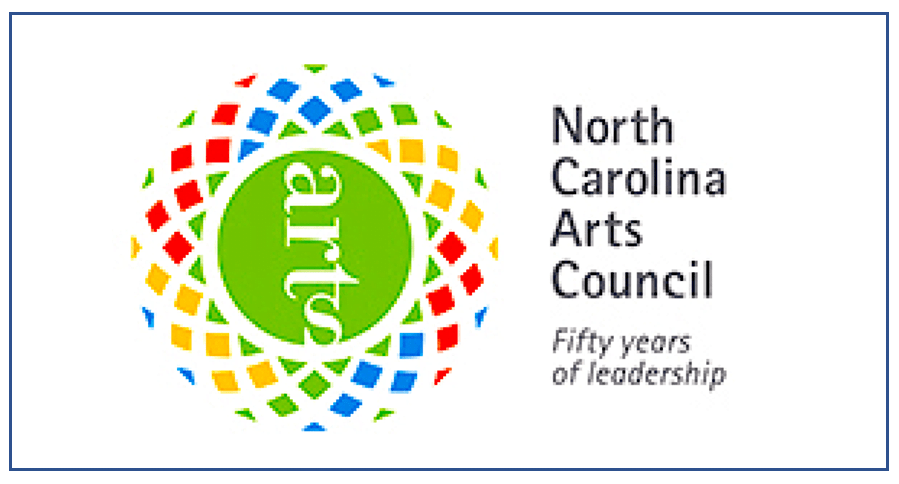Attacks on water supplies were first recorded over 6,000 years ago when Assyrians poisoned their enemy’s wells with rye ergot, and biological warfare was born. Potable and agricultural water, not their enemy’s armies, were the Assyrian’s targets. The Babylonian king, Nebuchadnezzar, breached the aqueduct that supplied water for the city of Tyre to end a long siege. The Spartans, heroes of Thermopylae, tarnished their reputation as honorable warriors when they poisoned the Athenian wells during the Peloponnesian War.
In the early 1500s, the Spanish Conquistadores grew tired of being the target for Aztec axes and arrows. It was decided to strike a decisive blow against these indigenous tribes by polluting their wells with the carcasses of wild pigs infected with salmonella causing abdominal pain, nausea, diarrhea, and death. Between 1545 and 1550, this bacterium claimed the lives of more than 80 percent of the Aztec population. The Mayans in the Yucatan Peninsula were next on the list and the contamination of wells by the Conquistadores caused outbreaks of Vibrio cholerae. Cholera-saturated groundwater accomplished what the battle-hardened army could not; it wiped out the Mayan threat.
In 1857, during India’s First War of Independence, tribal guerilla fighters in northern India struck at the British forces by mixing the decomposed bodies of venomous snakes with human blood and feces in sealed, clay jars and buried them until the mixture putrefied. The clay vessels then contained gangrene and tetanus bacteria, and the snake venom would attack the victim’s nervous system, inducing respiratory paralysis. This lethal broth was placed by infiltrators in shallow wells and water carts used by the British forces. The primary purpose of the U.S. bombing of North Vietnamese irrigation canals in the 1960s was to deny them water for their crops. Riots in Cape Town, South Africa, in 2012, were touched off by insufficient potable water supplies.
As every fifth grader knows, about seventy percent of the Earth’s surface is covered with water. Ninety-seven percent of the water on the Earth is salt water. Humans cannot survive on salt water, nor can it be used for irrigating crops. Although the salt can be removed, it is a difficult and expensive process. Two percent of the water on Earth is glacier ice at the North and South Poles. This ice is fresh water and could be melted; however, it is too far away from where people live to be usable.
Less than one percent of all the water on Earth is fresh water that can be used for drinking and agricultural purposes. Only a small portion of this one percent is used for drinking. And this small percentage of potable water, the target for destruction by ancient armies, may become the centerpiece for global strife in the 21 st century. Water scarcity compounded by poverty could create conflicts as access to water dries up. In this upcoming dystopian scenario, governments assisted by military power may battle for dwindling potable water supplies as poverty and hunger take their toll. Just one of these problems can be deadly by itself but these plagues create a perfect storm of problems that take its greatest toll on children.
Drought and rising demand could escalate an international water crisis. Once the water stress effects begin, life as humans have known it for more than six million years may begin its lethal disappearing act. Abnormally hot weather and below average rainfall would scorch grazing lands and dry up watering holes, with wholesale livestock deaths and crop failures bringing financial ruin to farmers and a spike in food prices.
Samuel Taylor Coleridge described the paradox faced by modern civilizations in his poem, The Rime of the Ancient Mariner, “Water, water everywhere, nor any drop to drink.” Like the sailor in Coleridge’s poem, we are surrounded by water but in the future, we may not be able to quench our thirst. When Day Zero arrives, the day when there is no water remaining in the taps, the value of a sustainable potable water supply may finally be understood.
























